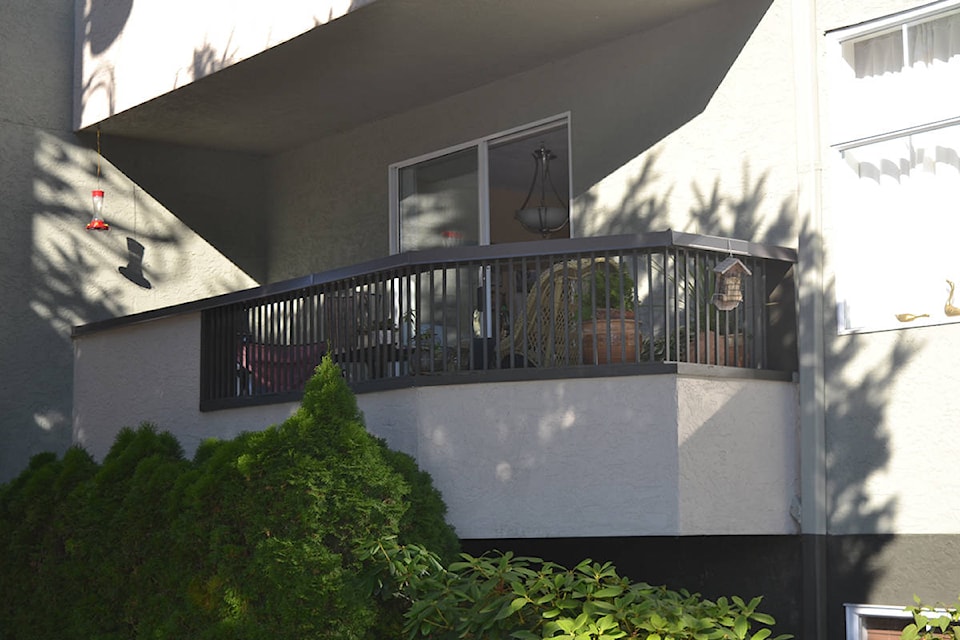It’s a trend that’s being seen across Canada, and the Comox Valley is no different.
Statistics Canada released 2016 housing data earlier this month that showed the proportion of one-person homes has increased nation- and province-wide. According to the statistics, 28.2 per cent of dwellings in Canada and 28.8 per cent in British Columbia were one-person homes in 2016 — the highest percentage in Canada’s history.
It means that for the first time since Confederation, single-person households are now the most common type of home in Canada.
And the percentage is even higher in the Comox Valley. The latest census data recorded 8,730 one-person homes in the valley in 2016, or 29.5 per cent of all dwellings.
There has been a 21 per cent increase in the number of one-person homes in the Valley since 2011, which recorded 7,240 single-person households. With a population of about 66,000, it means roughly 13 per cent of people in the Comox Valley lived alone in 2016.
Dr. Nathanael Lauster, a sociology professor at the University of British Columbia, said there are many factors that can cause an increase in the number single-person homes. He said that living alone has become more common for older adults.
“That’s due to a big shift historically towards pension payments and insurance payments that enable older adults to live by themselves. As well, that’s where we see the biggest mortality effects, as more people end up by themselves because their partner has died,” Lauster said.
The median age in the Comox Valley was 51.5 years in 2016, according to the census. Twenty-six per cent of the Valley were senior citizens last year.
Lauster said that aging populations often reshape local economies.
“We see this on Vancouver Island and we see it down south in places like Arizona and Florida — a number of places where the bulk of residents are retired. That does [reshape] local employment markets around serving those people. You see service jobs arise and health care jobs arise in communities where there are a lot more older adults,” he said.
But Lauster said older adults aren’t the only demographic that is more inclined to live alone. Young adults are also making the shift.
“With young adults, it has to do with variations of when they’re able to afford to do so and what kind of housing stock is available to support them, in terms of rental apartments. And what the job market prospects are, as well,” he said. “For a lot of other people it has to do with a rise in divorce and just in general a rise in people who feel living alone is OK and not a bad thing to do,” Lauster said.
While it’s easy to assume an increase in the number of people living alone means an increase in loneliness, Lauster said that’s not always the case.
“It’s important we don’t assume people living by themselves means feeling lonely and that it’s necessarily a problem,” he said. “Many people are happy living on their own and think of it as a good thing. But it’s worth realizing, especially with an older population, that it’s important to have systems in place that check in on these people and make sure they’re doing OK.”
